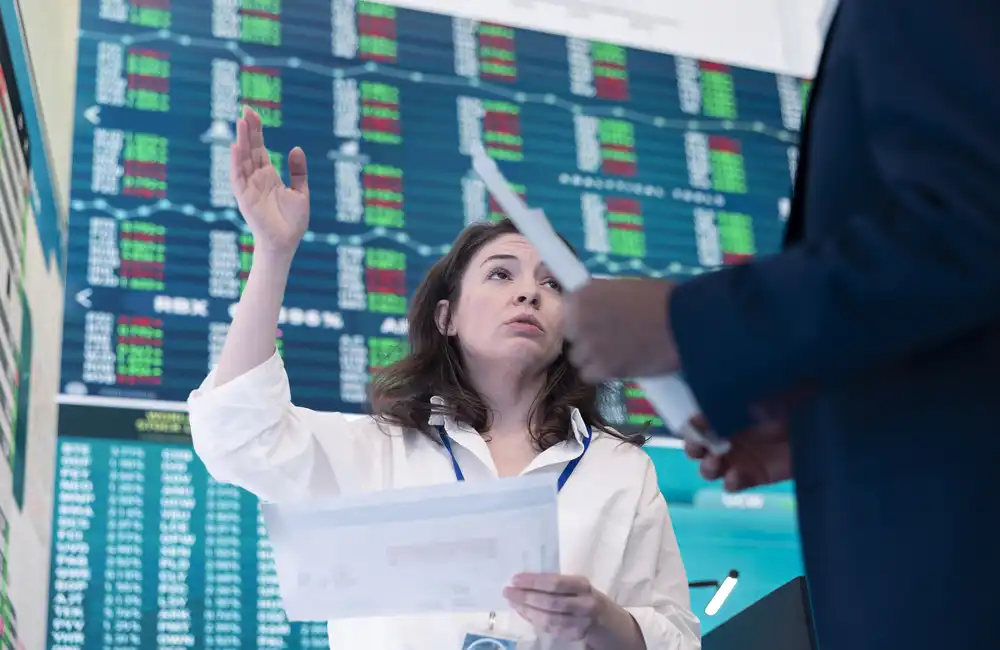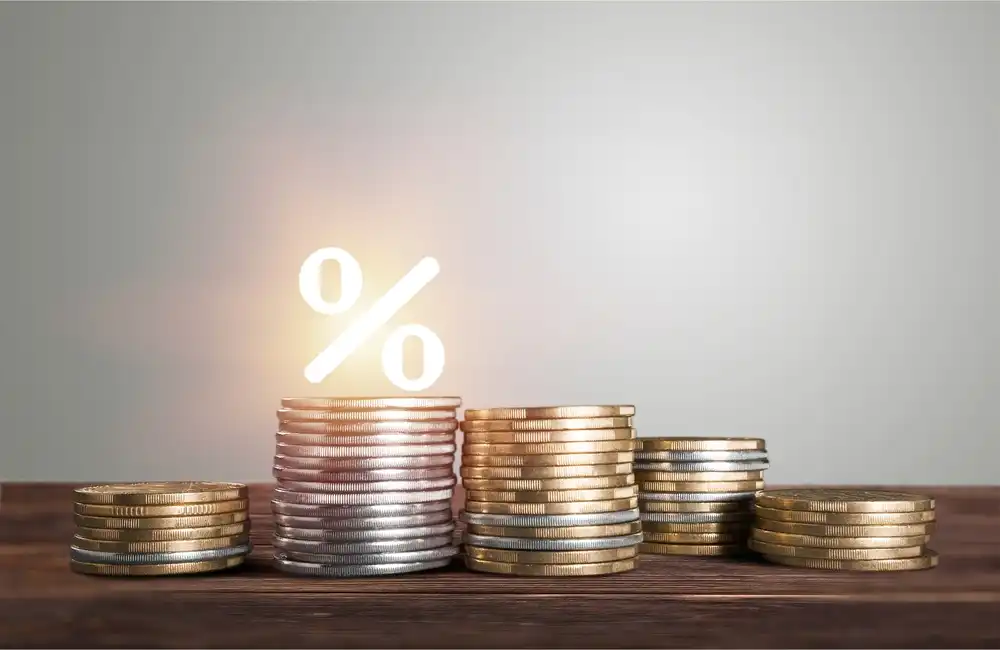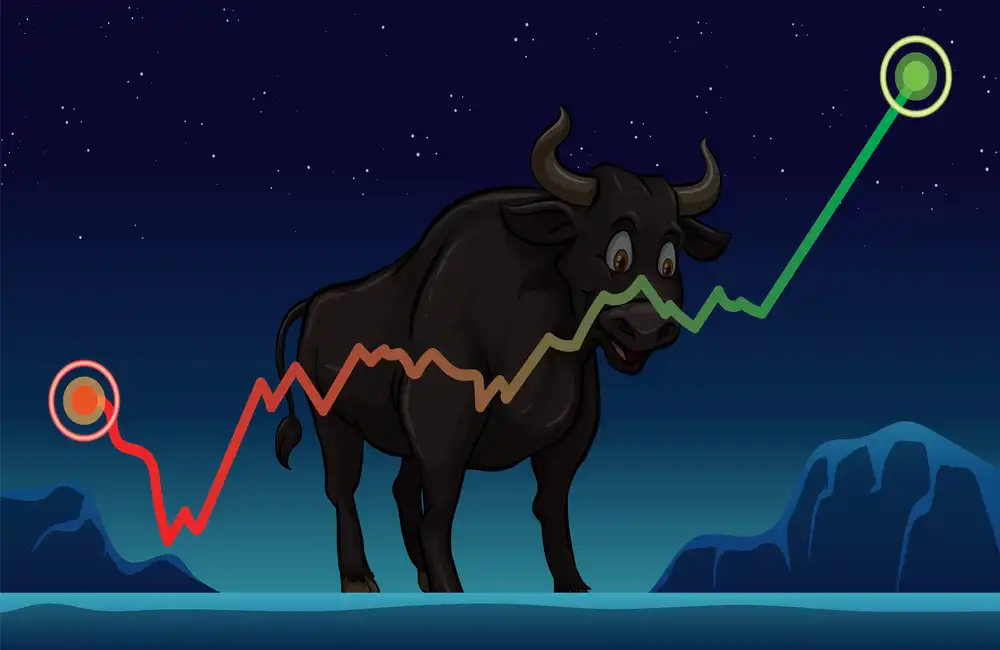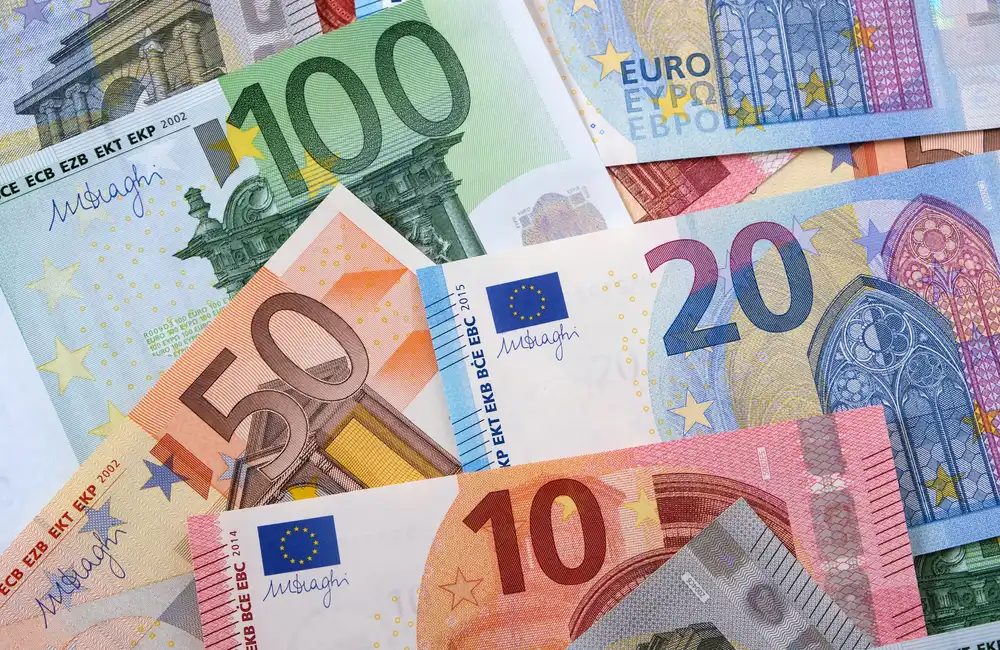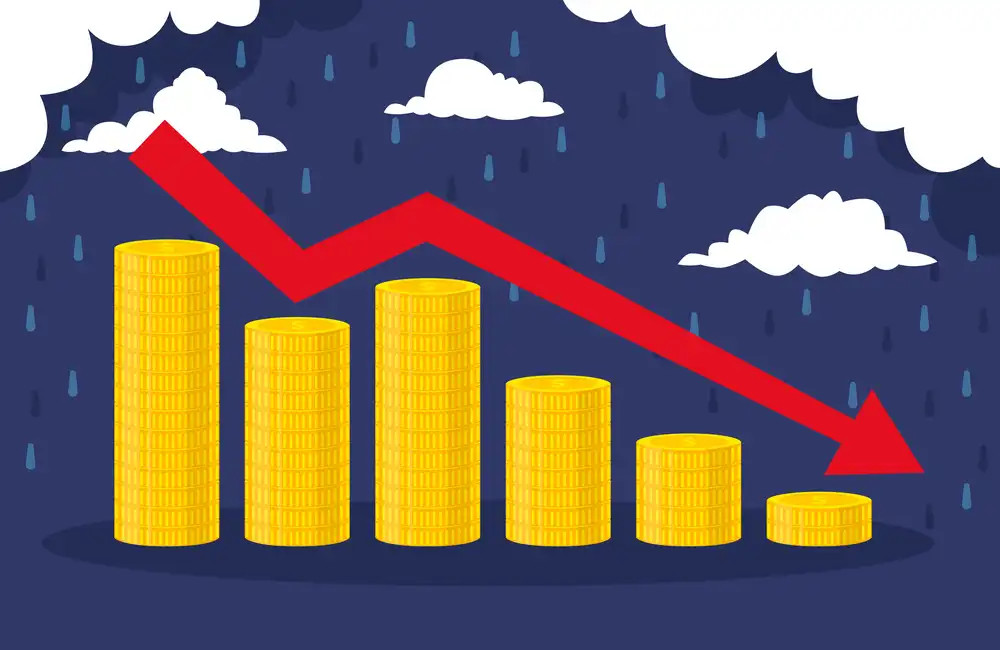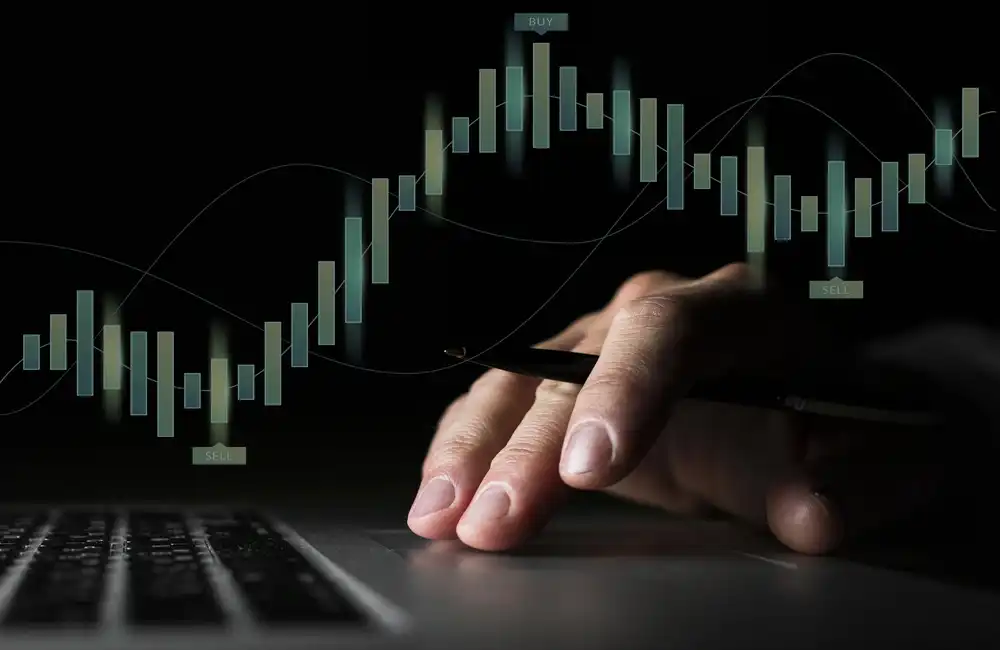Emerging from the pandemic, it felt as if the world was embracing a newfound awareness of the fragility of our planet and our role within it. Mirroring this, investors and fund managers began to investigate how this heightened attention on sustainability played out in the world of investing. The instinct for many was to follow their heart and discard ‘dirty’ stocks from portfolios, like oil companies. Hot on the heels of the likes of Shell and BP slashing their dividends in 2020 – thanks to Covid-19 lockdowns – the move might have appeared a relatively easy one to justify. But as Merryn Somerset-Webb rightly wrote in March 2021, “there may be another way of looking at this, one that’s just a little hard to hear above the cacophony of ostentatious do-goodery”. Her point, she said, was that from a sustainability perspective, there was nothing like holding onto these kinds of companies, for them to stay public, to have their management teams held to account on their net-zero plans, in a way that would not be possible if “divestment” took hold, and they were taken private by investors who would not necessarily answer to the same sort of accountability as a public company’s board and management does. Merryn said that “emptying fossil fuel firms of their capital is one of the most socially conscious actions an engaged and financially-savvy investor can take right now”.
But it turns out that it was the right thing to do, not only from the perspective of sustainability. As the graph below shows, though, it would have been a very financially wise thing for you to do. Energy stocks reached a low in November 2020, before staging a massive recovery, which has admittedly been given more wind in its sails following Russia’s invasion of Ukraine. By contrast, clean energy stocks have plunged from their high in January 2021. However, for the last 24 months, clean energy, mining, and conventional energy have delivered returns that have dominated the broader equity market by a significant margin.
In part, the market’s embrace of traditional energy companies reflects a broader — and sobering — reassessment of the realities of the energy transition by the investment world. Indeed, when BlackRock chief executive Larry Fink wrote in his 2020 annual letter to CEOs that “climate risk is investment risk,” he noted that “as the impact of sustainability on investment returns grows, we believe that sustainable investing is the strongest foundation for client portfolios going forward.” It was a sentiment shared by many investors, though some took a relatively extreme view, selling out of oil stocks and other sectors that pollute directly.
Larry went on to explain in his 2022 letter that “divesting from entire sectors – or simply passing carbon-intensive assets from public markets to private markets – will not get the world to net zero.” He is right when he says, “Companies must ensure that people continue to have access to reliable and affordable energy sources. That is the only way we will build a fair and just green economy and avoid civil unrest. And any approach that tries only to restrict supply and avoids demand for hydrocarbons is going to create more expensive energy for the people who are least able to afford it, and pushing further polarization around climate change, and undoing progress.”
Striking the right balance
When we caught up with the co-manager of BlackRock Energy and Resources Income Trust (BERI), Mark Hume, recently, this reality was one he, as the energy specialist on this trust, has been all too aware of when building the portfolio since he joined as co-manager in March 2020. Shortly afterwards, BERI’s board changed the mandate from simply an equity balance between traditional energy stocks and mining companies, to one which recognised the need for the global economy to decarbonise, including ‘energy transition’ stocks. Mark notes that valuations for traditional energy companies bottomed out in Q4 2020, a consequence not only of the market’s fixation with growth but also ESG and sustainability-linked flows into investment. Bottom line, he calculated that oil companies were at 20% free cash flow yields, suggesting five years of capital payback on an investment. No one should forget that it was BERI’s beleaguered managers, who in November 2020 made the bold move to increase the trust’s exposure to traditional energy stocks by 10% of NAV after the first announcement of a Covid-19 vaccine. On top of this increased exposure, their confidence in the investment thesis has rightfully grown stronger, leading to traditional energy companies representing c. 41% of the portfolio as at 31/05/2022 — the highest it has been since their change in mandate and effectively in line with their exposure before such mandate was evolved. More so than funds directly exposed to ‘sustainability’, managers of BERI have provided a more judicious and well-rounded exposure and, as a consequence, BERI’s NAV and share price have handsomely outperformed. We will also be publishing an updated profile on the trust shortly.
Energy is a resource like anything else, and resource scarcity in one part of the world cannot coexist with abundance in another without creating a distortion. If Europe imposes its ‘one-size-fits-all’ conditions for the provision of energy, it will, without a doubt, create a bias between the richest countries in the world and the poorest of the poor, whose earthly needs are greatly divergent.
This should be the role of traditional energy companies in the energy transition, if we are to have one, and if it is not to be an angry and uneven transition that leads to societal breakdowns. Dr. Scott Tinker, director of the Bureau of Economic Geology, demonstrates in his lecture on Critical Thinking for Equitable Energy how such a transition may unfold, balancing the demands of rich, developed states against those of middle-income and low-income nations. The former want clean energy, middle-income countries want cheap energy, and low-income countries require reliable energy. Every country will have different parameters, the policies, events, and resources that collectively guide how they achieve a transition.
There are about 5.5 billion people worldwide who use almost no electricity, he said, according to Dr Tinker. You can have energy without being lifted out of poverty, as Dr Tinker notes, but you cannot be lifted out of poverty without energy. Panic response: Reducing the carbon intensity of economies is a key challenge to both the sustainability of these developing countries’ economic systems but also the sustainability of the global economy generally, given a forecasted growth of electricity demand from developing countries, particularly in Asia. Four billion of the nearly 8 billion people on earth — over half of humanity — live in Asia, and he believes they will account for the bulk of the growth in electricity demand in the decades to come, of which fully half is currently supplied by coal and a quarter by oil. His answer is a composite transition, one that pegs the production of more natural gas for electricity generation to more nuclear as well as distributed solar, which collectively offer a far cleaner, cheaper, and ultimately possibly more reliable energy source for the likes of those countries; India in particular. Renewable energy investments here can meet the needs of both heart and head.
We expect to be starting coverage shortly on ThomasLloyd Energy Impact (TLEI) - an intriguing new trust with a new approach that is looking to achieve NAV total returns over the medium term of 10-12% per annum, having built up a portfolio of renewable energy assets through fast-growing and emerging countries in Asia. The mandate is investing in renewable energy projects — in solar, biomass, and wind technologies, transmission infrastructure, energy storage, and sustainable fuel production. In addition to the broad spectrum of technologies the portfolio could be exposed to, the most significant difference from the renewable energy investment trust peer group is that managers will invest in developing markets but also in the construction stage and construction-ready projects, which promise higher returns and complement acquisitions of operational assets.
TLEI has arrived within a comparably crowded investment trust peer group, but in our opinion, it sits in a distinct niche of its own. The triple return target underpins TLEI’s differentiating traits as TLI’s outcome delivered: appealing financial returns, as well as measurable social and environmental outcomes. In a way, ThomasLloyd believes it invests where money makes the most difference. This is the basis for the case for investing in the emerging markets of Asia, where economic growth is predicated on secure and affordable energy supplies. Renewable energy is now much cheaper than coal-produced energy in some areas, which provides social return on investment, on top of the extra return of creating new direct local jobs for the people who build and manage these assets. Go here to be notified when we publish the full profile.


